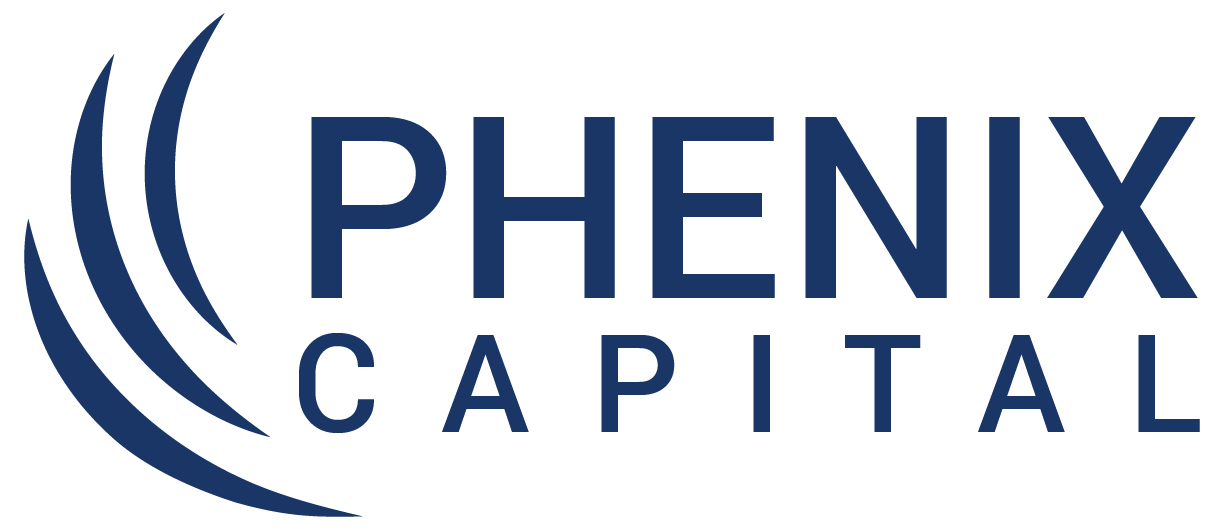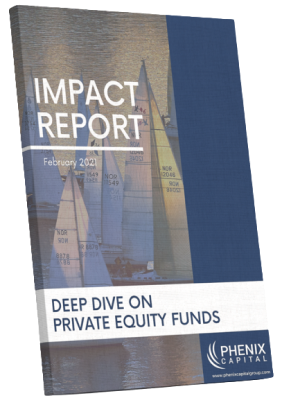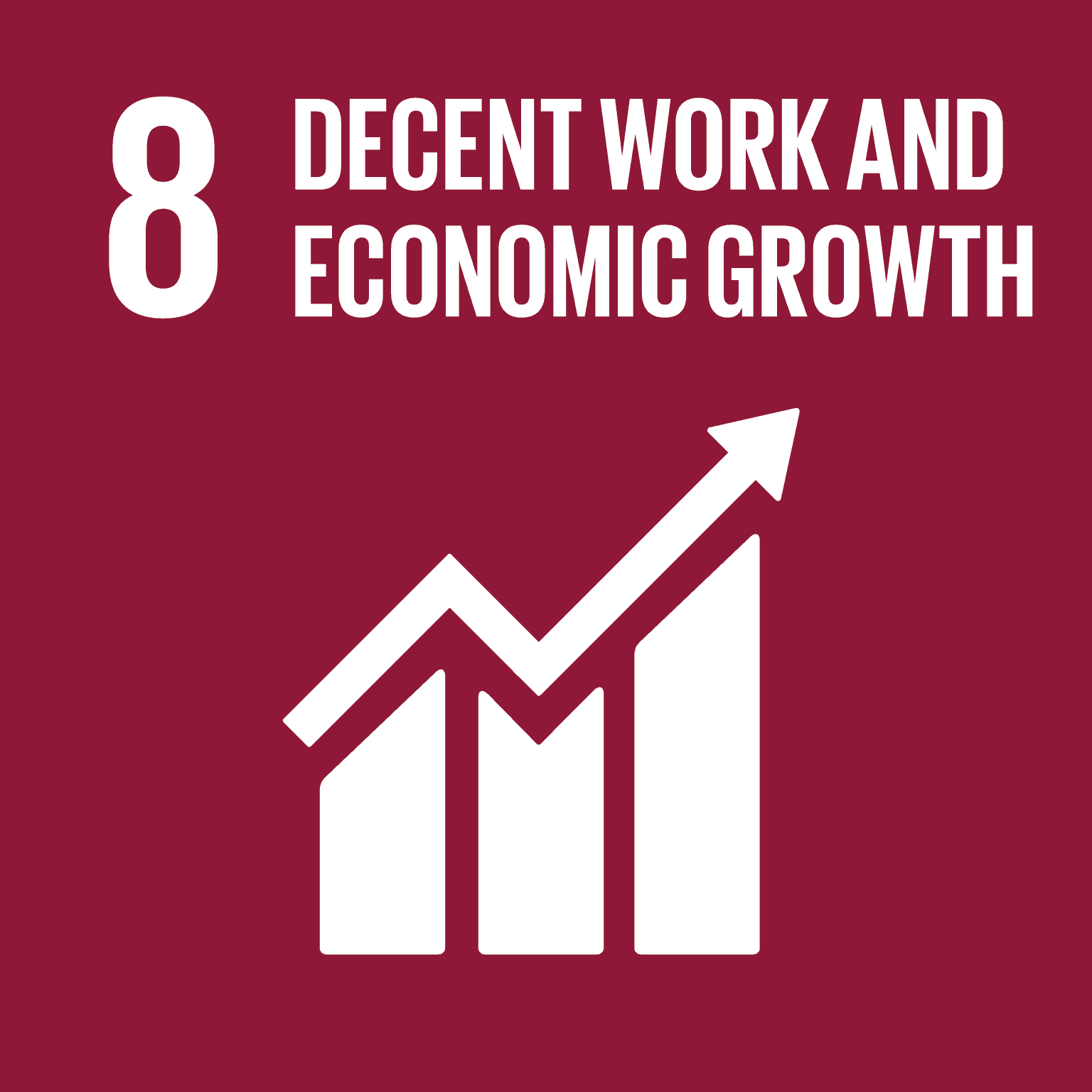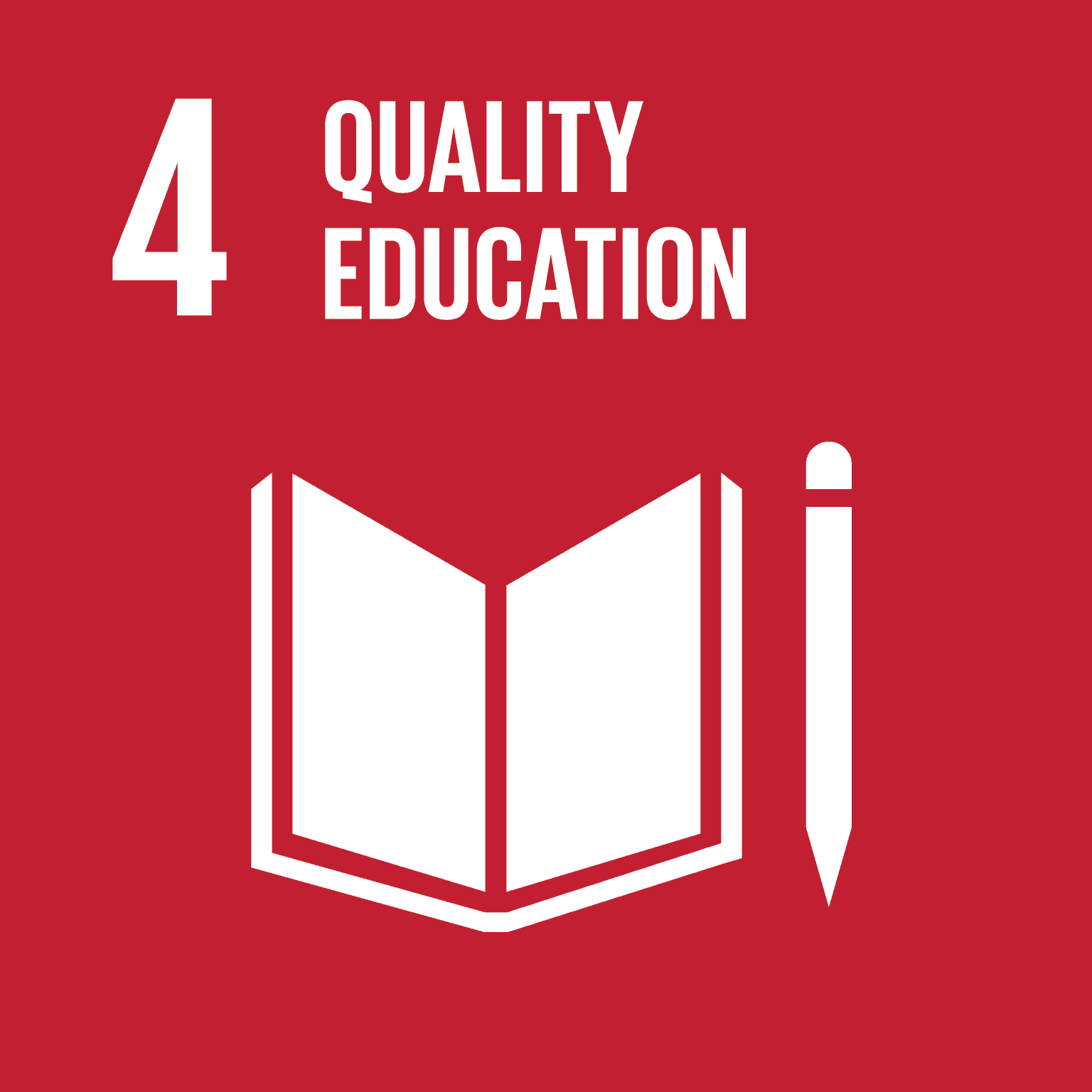Private equity

What is private equity?
Private equity is the ownership or interest in companies that are not listed publicly. In the impact investing universe, it consists of funds and institutional investors that acquire equity stakes in private companies, with the objective of achieving a financial return in tandem with positive social-environmental outcomes.
In our Impact Report: Deep Dive on Private Equity Funds, RAISE Impact and KOIS, two Private Equity fund managers interviewed mentioned the tremendous evolution of the Private Equity impact investing sector in the last few years and called on investors to have more open conversations in order for the field to continue progressing.
Types of private equity strategies
In order to operationalize investments, private equity firms can use different strategies. These strategies can take the form of venture capital, growth capital, and buyout.
-
Buyout: A specialised form of private equity, characterised by controlling investments in established and mature privately held firms that are undergoing a fundamental change in operations or strategy.
-
Growth: A specialised form of private equity, usually a minority investment, in relatively mature companies that are looking for capital to expand or restructure operations, enter new markets, or finance a significant acquisition without a change of control of the business.
-
Venture Capital: A specialised form of private equity, characterised by high-risk investment in early-stage or young companies following a growth path in technology and other value-added sectors.
According to our Impact Database, private equity impact funds have grown substantially in number, maturity, and diversification from 2015 onwards. Presently, private equity funds make up 54 % of the funds tracked by the database and are likely to remain a dominant asset class accounting for 37 % of current fundraising. Within the private equity asset class, venture capital makes up to 44 %, followed by growth 35 %, and buyout 21 %.
